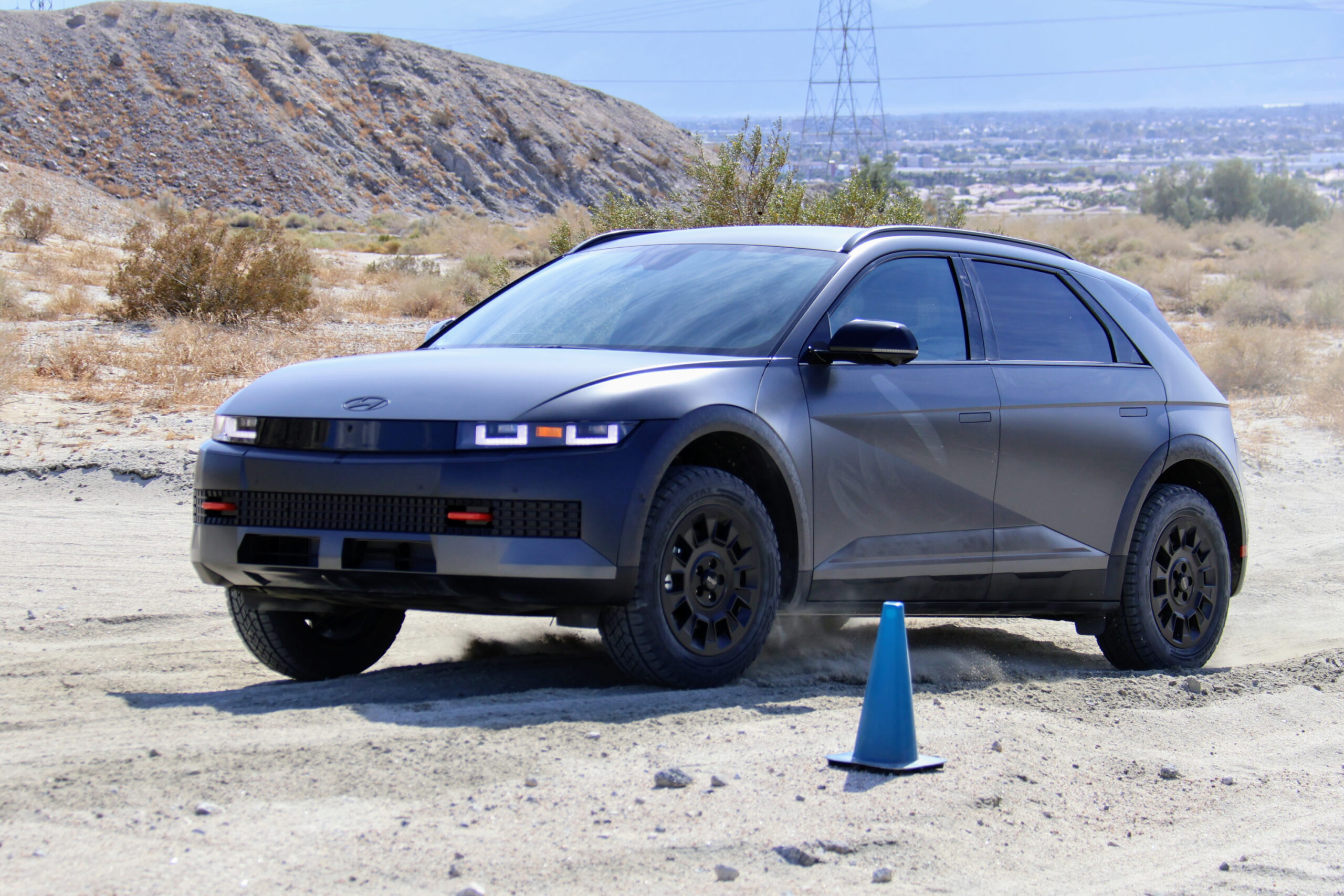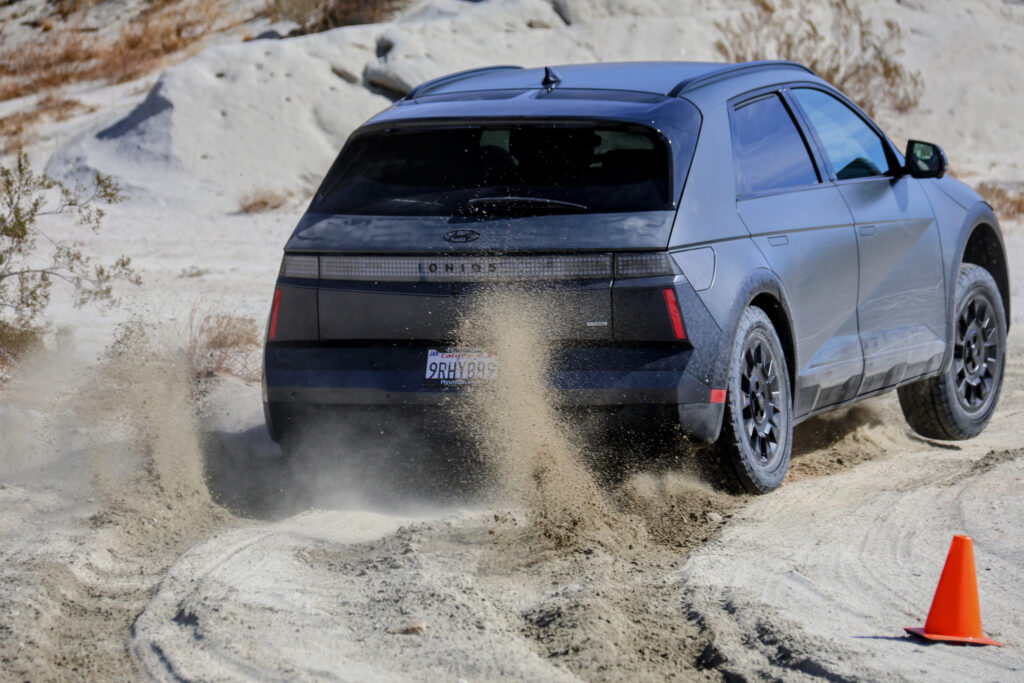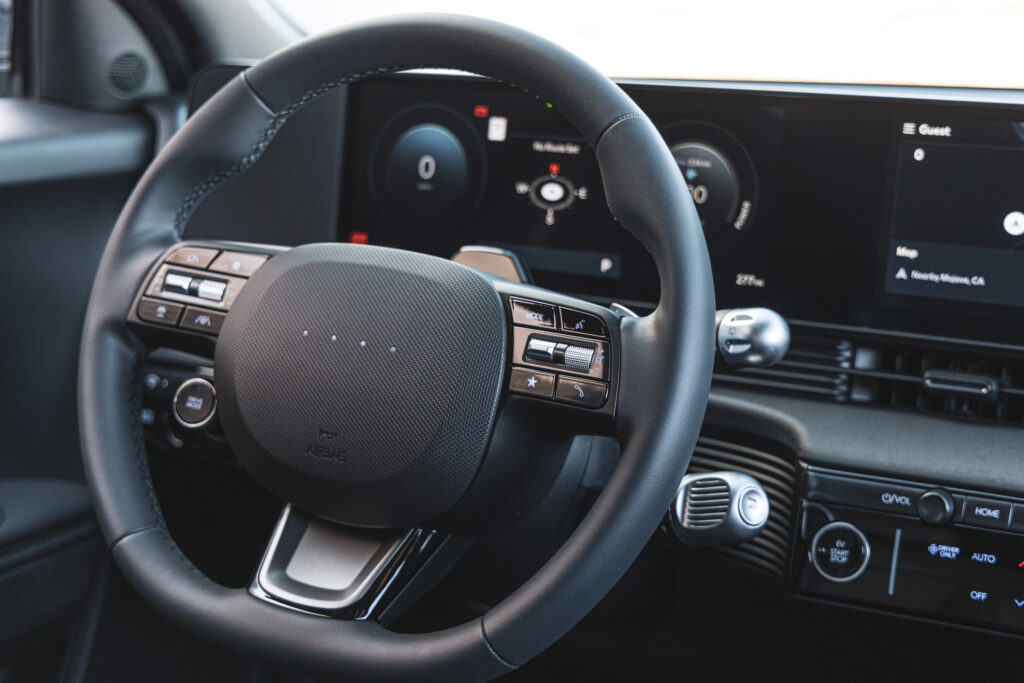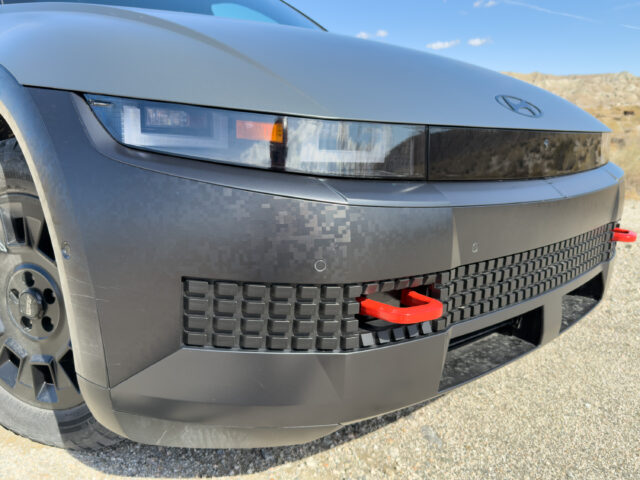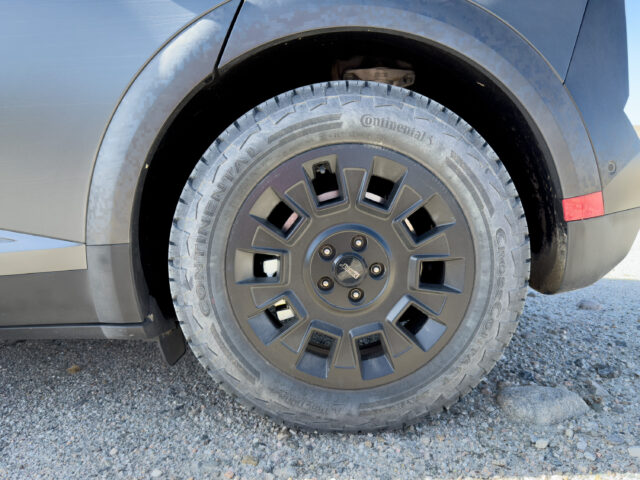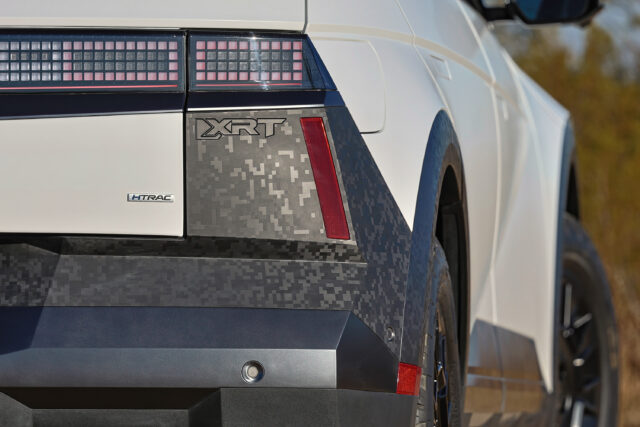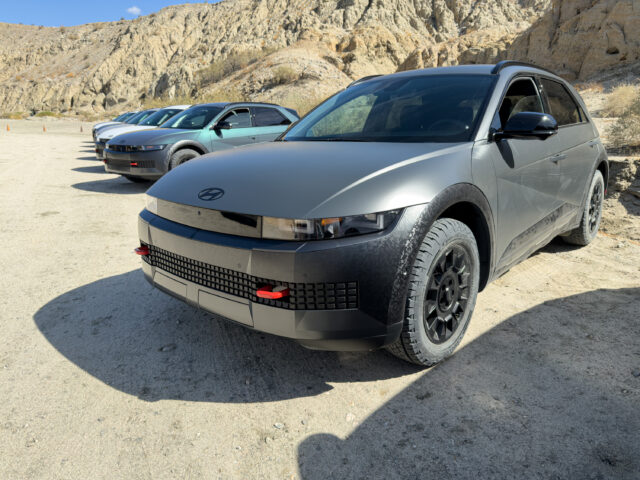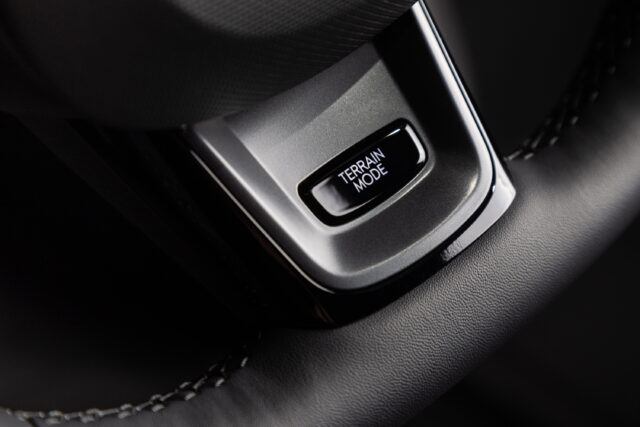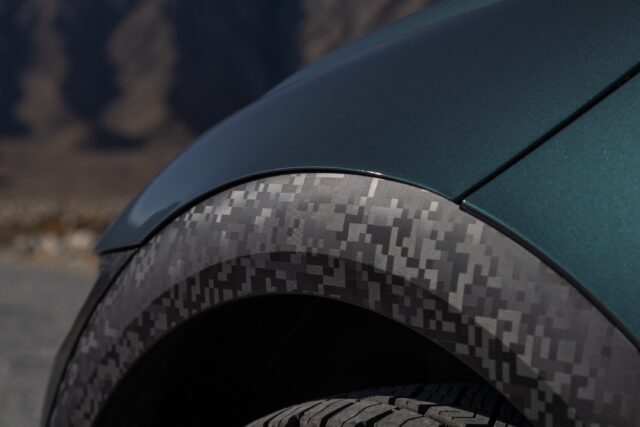PALM SPRINGS, Calif.—After a very pleasant morning getting acquainted with the model year 2025 Hyundai Ioniq 5, it was time to meet the new addition to the range: the $55,400 Ioniq 5 XRT. It’s the latest example of an automotive trend that’s been bubbling away in the background for years before getting a lot bolder where a carmaker takes something that’s normally meant to be driven on the road and makes it a bit more… rugged.
No, it’s not a new idea—Audi Allroads and Volvo Cross Countries have played this game for years and years. More recently, it’s been the turn of companies like Porsche and Lamborghini have gotten into the act, creating supercars with six-figure price tags that aren’t fazed by a little sand or snow.
But the Ioniq 5 isn’t a supercar—it’s just a super car. The XRT treatment was done by Hyundai’s California design team, and it involves new, more protective cladding at the front and rear. The black plastic looks at first glance like it might be forged carbon—in fact it’s a pixelated camo pattern that calls out to the “Parametric Pixel” design language that underpins the Ioniq 5’s blocky look. The twin red-accented tow hooks are almost whimsical.
There are also new wheels and all-terrain tires. Along with the bodywork additions, this means the XRT won’t go quite as far on a full charge as the more pedestrian versions, but it will travel 259 miles (417 km) between charges.
I suspect those tires might prove a little noisy on the road, but we weren’t able to drive the XRT on paved roads. On dirt, it was a bit of a hoot and threw some rooster tails through the soft sandy bit. Listening to small stones ping off the battery’s protective case (the same as on all other Ioniq 5s) made me want to giggle, and I found myself going back for another go before I knew it.
There’s a new button on the XRT’s steering wheel marked “Terrain”—this is where Snow mode has moved to, along with the new Sand and Mud. Despite the ample rain over the previous day, there was no quicksand to be found, and I did not try either Mud or Snow modes. Sand didn’t feel much different to Sport, although Sand keeps the torque split at 50:50 throughout the speed envelope.
There are better approach (19.8 degrees) and departure (30 degrees) angles than the standard Ioniq 5, and the ride height has been raised by an inch, but there is the same amount of wheel travel as before—think trails rather than rock-hopping up a gully.
Almost everything else about the XRT is the same as the normal Ioniq 5—it charges really fast, including at Tesla Superchargers now, it’s got decent infotainment and it’s very spacious inside. As someone who mostly sticks to the blacktop, I can’t say I entirely get the point, and I suspect I won’t be entirely alone, but it was fun to drive around on the sand, even if I never quite got it going sideways.
